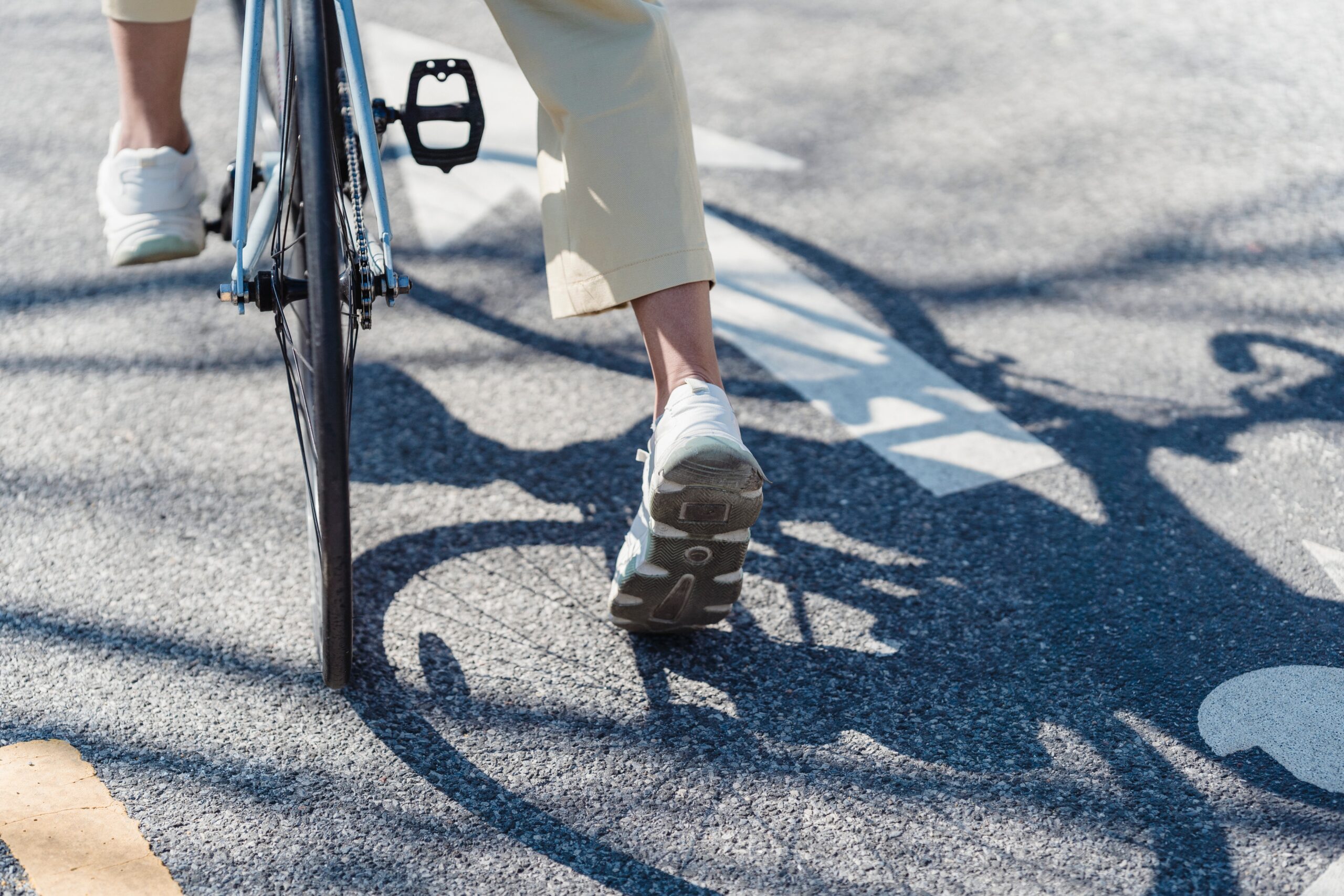For many people, riding has always been a joyful and thrilling sport. The high and ecstasy you experience when cycling at your top pace and power are unmatched. The truth is that while your body strives to pass a new plateau and advance to the next level, training to increase your sprint and endurance for longer bicycle rides is difficult.
While maintaining consistency in your training regimen is vital, your success as a leisure or professional cyclist also depends on the type of training you do. It goes without saying that having strong legs helps with cycling, whether you want to keep up with the group on a ride or push yourself over a hill.
But how can you develop stronger legs for cycling?
Whether you ride regularly or only for racing, having strong legs is essential for cycling. They support both extended, steady rides as well as brief, intense exertion. Legs with more muscle will be more resistant to increases in volume and intensity. They will lessen your risk of injury when combined with stretches to increase flexibility and riding performance.
Cycling instructors provide additional strengthening activities you can do off the bike in addition to riding more to help your legs. Professional cyclists can be seen lifting weights in gyms, but at-home bodyweight exercises are a common part of strength training for cyclists. Try these leg-building workouts to strengthen your legs and increase your cycling efficiency.
How to build stronger cycling legs
1. Squats
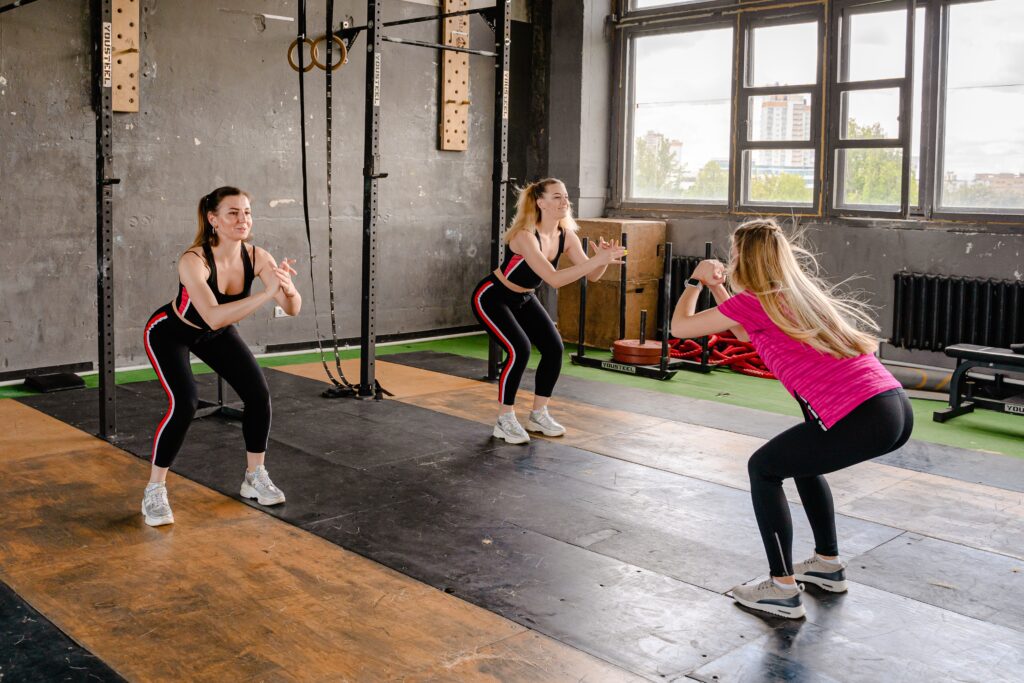
A good squatting technique includes having a straight back. Squats are good for cyclists because they engage the hamstrings differently than the pedaling motion, which keeps them balanced. When cycling, you should try to stoop pretty low so that your thighs are about parallel to the ground. This will put your legs at an angle that they are used to from pedaling.
Start by standing with your feet slightly wider than shoulder-width apart to perform a conventional squat. Inhale slowly while shifting your weight backward and downward to simulate sitting down. Maintain a straight back, exhale, and straighten your legs. Make sure your knees don’t angle in or out from the position of your feet.
2. Yoga squats
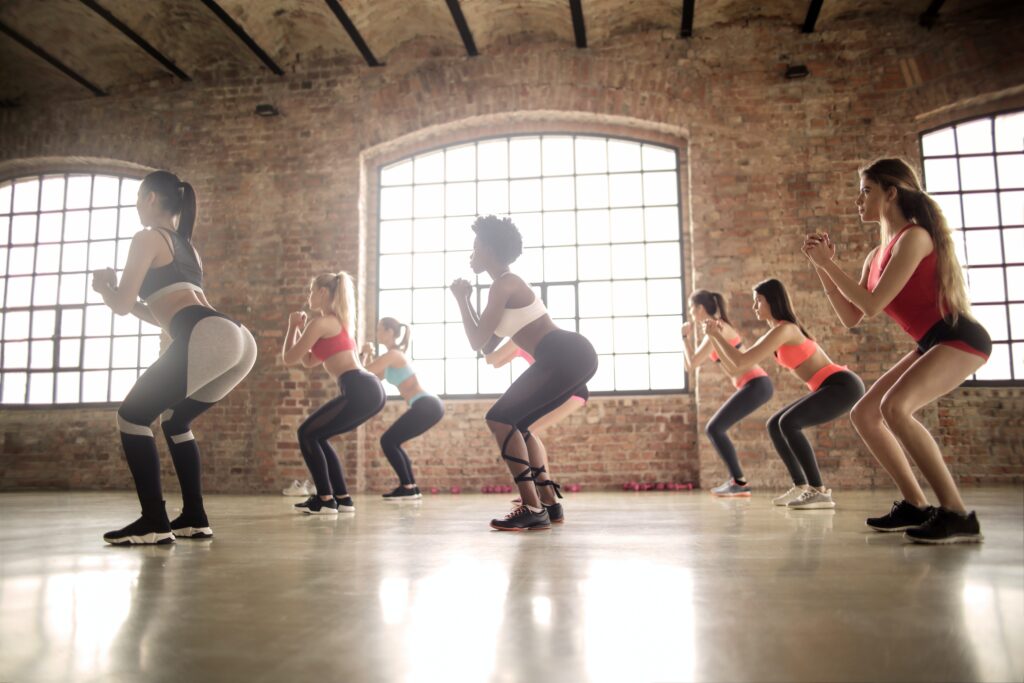
If spreading your feet apart allows you to go low, do so. Yoga squats work the same muscles as regular squats do, but you lower yourself far lower and run less of the danger of knee damage. Bend your knees and hips as much as you can from a standing position without lifting your heels off the ground.
Try to maintain your feet facing forward when in the crouch. If doing so enables you to stoop low enough, it is OK to slant them outward. Spread your index fingers along the floor in front of you once you are as low as you can get. With your fingers still, on the ground, dip your head and raise your hips as high as you can.
3. Squat jumps
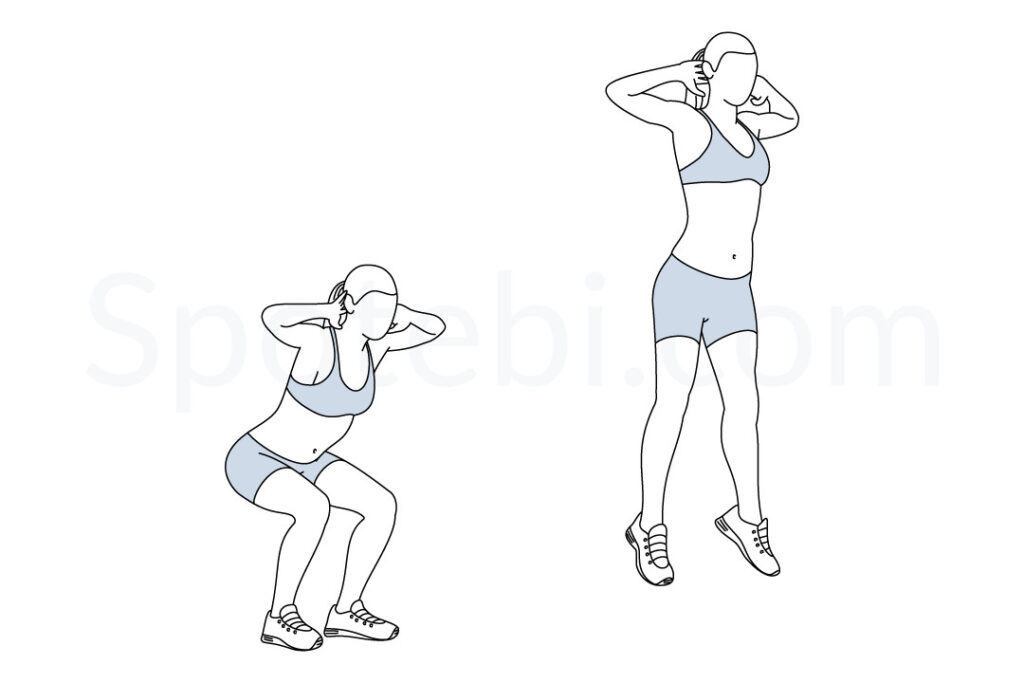
One of the best exercises to increase your explosive power is the squat leap. Plyometric exercises like squat leaps can help riders accelerate more quickly. Jump as high and as forcefully as you can from the squat posture, keeping your hands as near to your hips as you can to avoid creating unnatural momentum. Sets of four repetitions of this should be done fifteen times each, fast and forcefully to increase strength.
4. Romanian deadlifts
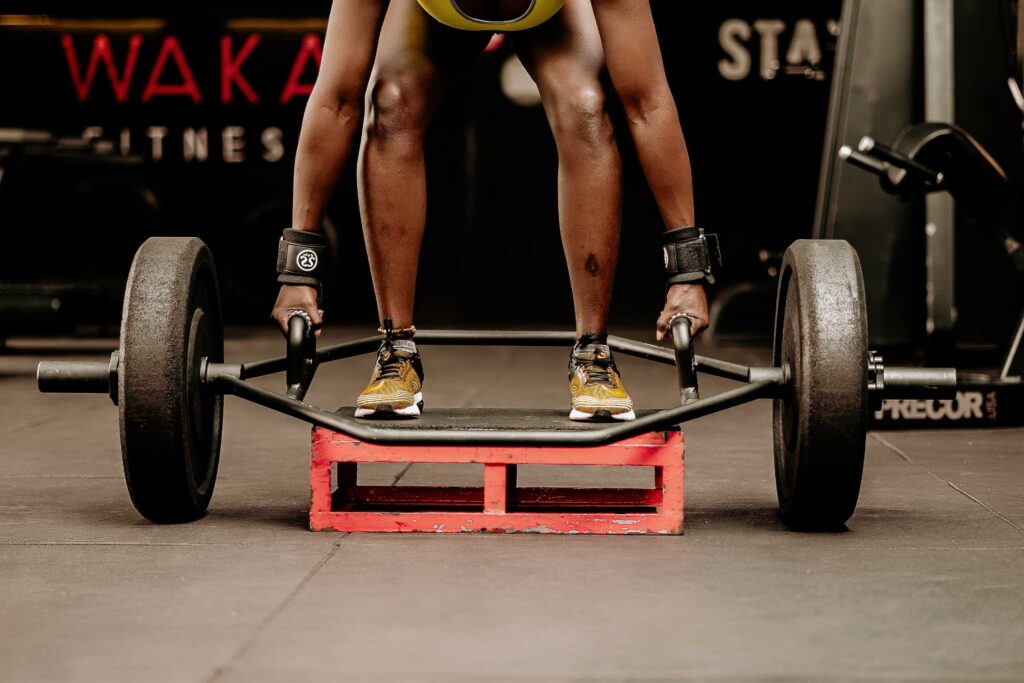
You move back and up on two legs or one from this stance. Romanian deadlifts help strengthen the core by focusing on the hips, glutes, and hamstrings, which are frequently neglected during cycling. Standing with your shoulders down and legs slightly bent and thrown. Put your buttocks back and lean forward at the hips.
Till your knees are compelled to flex, pass your hands down your legs. Drive back to being upright by first using your glutes and hips, then your heels, with the aid of a forward thrust. 8–12 times are sufficient for three sets.
5. Bulgarian squat
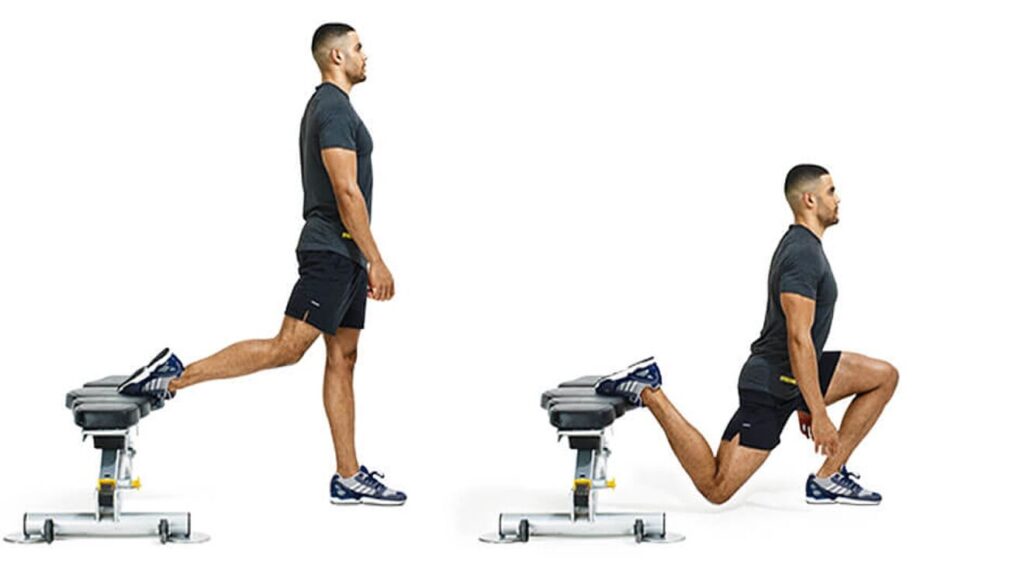
The split squat variation known as the Bulgarian squat works various parts of each leg. The Bulgarian squat works your glutes, quadriceps, and hamstrings, which is great for your lower body’s flexibility and strength.
To complete a Bulgarian squat, you’ll need a step, bench, or table that is ideally between 15 and 30 centimeters above the ground. Move forward with the thing in your rear and take a big step. After that, extend one leg backward and plant your foot on the chosen platform.
Your front leg should be bent such that your back knee practically touches the floor. Make sure your shoulders aren’t hunched over and your front heel doesn’t raise. To stand up, straighten your front leg. Repeat 10–20 times, or for 30–60 seconds, on each leg.
conclusion
The bike is propelled by your leg muscles, which get strengthened as you spend more time in the seat and make highly repeated pedal strokes. However, cycling’s low-intensity, aerobic nature improves your cardiovascular system rather than building muscle mass in your legs; for that, you’ll need to lift big weights in the gym and consume a lot of protein. Therefore, the bulk of professional riders’ legs will be sculpted and slender.

